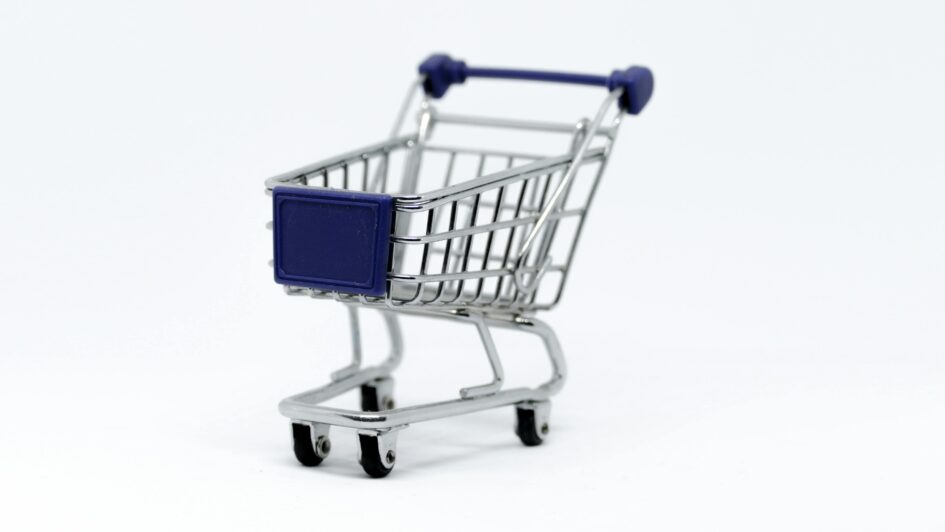How the Internet Completely Changed Shopping
Online shopping didn’t just add a new channel — it reimagined what buying and selling can be. The internet moved commerce from physical shelves and fixed hours to an always-open, global marketplace where discovery, comparison, and delivery happen in minutes. Below I walk through the big shifts and the practical benefits this change brought to sellers, buyers, and the whole trade ecosystem in a friendly, conversational tone.
From Local Storefronts to Global Marketplaces
Before the web, most businesses sold to a local or regional audience. The internet erased many of those boundaries. Small shops can list products on marketplaces, launch a web store, and reach customers across countries without building physical presence. That dramatically widened opportunity for niche sellers, artisans, and startups who previously couldn’t afford international expansion.
Convenience for Shoppers and Sellers
Buyers gained the ability to shop anytime, compare dozens of options in minutes, and get products delivered to their door. Sellers got a storefront that never sleeps and can accept orders 24/7. This convenience reduces friction for both sides: shoppers avoid long trips and queues, and sellers capture sales they would have missed during closed hours.
Better Discovery, Comparison, and Choice
Search, review systems, and recommendation engines made product discovery faster and smarter. Customers can read user reviews, check ratings, and compare prices across stores instantly. Sellers benefit because great products can gain traction quickly through word-of-mouth, reviews, and algorithmic recommendations rather than only expensive traditional advertising.
Data, Measurement, and Smarter Decisions
Every click, search, and purchase online produces data. That data lets sellers understand what works: which products convert, which ads bring customers, and where shoppers drop off. With analytics, even small businesses can test ideas, optimize product pages, and make changes that improve conversion and reduce wasted ad spend.
Personalization and Targeted Marketing
Online stores and ad platforms can tailor offers to individual tastes using browsing history, previous purchases, and simple preferences. Personalization leads to more relevant product suggestions, higher conversion rates, and happier customers. For sellers, targeted campaigns mean marketing budgets go further because ads reach people who are actually likely to buy.
Lower Costs, Faster Testing, and More Innovation
Setting up an online store is far cheaper than opening a physical shop. That lower barrier to entry encourages experimentation: A small brand can test a product with a limited run, run a low-budget ad campaign, and iterate based on real feedback. Faster testing cycles accelerate learning and innovation across the market.
Improved Fulfillment and Logistics
E‑commerce growth pushed huge improvements in shipping, warehousing, and returns management. Flexible delivery options, real-time tracking, and streamlined returns increased buyer confidence and made cross-border commerce practical. For sellers, better logistics mean scaling sales without losing service quality.
Challenges That Brought Better Practices
With new opportunities came responsibilities: security, fraud prevention, and customer trust issues forced businesses to adopt better payment protections, clearer policies, and stronger customer service. That professionalization improved the overall shopping experience and helped build the modern standards customers expect.
The internet turned shopping into an always-on, highly measurable, and globally accessible experience. For buyers, it’s more convenient, transparent, and choice-rich. For sellers, it’s lower-cost, data-driven, and full of growth levers. If you’re thinking about selling online, start small, measure everything, put the customer first, and treat your online store as an evolving experiment — the web rewards steady improvements more than one-time perfection.
